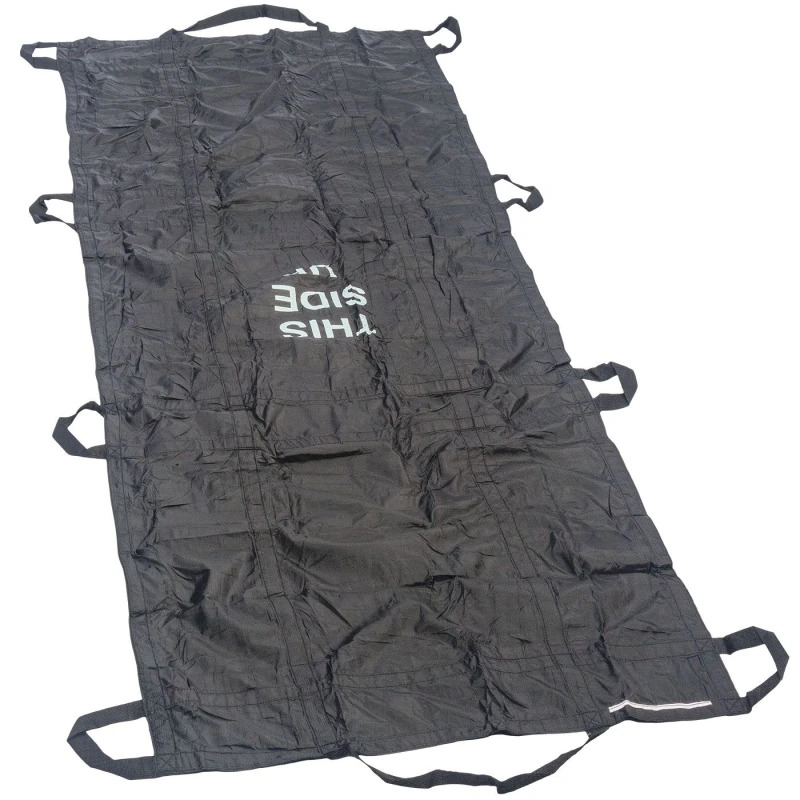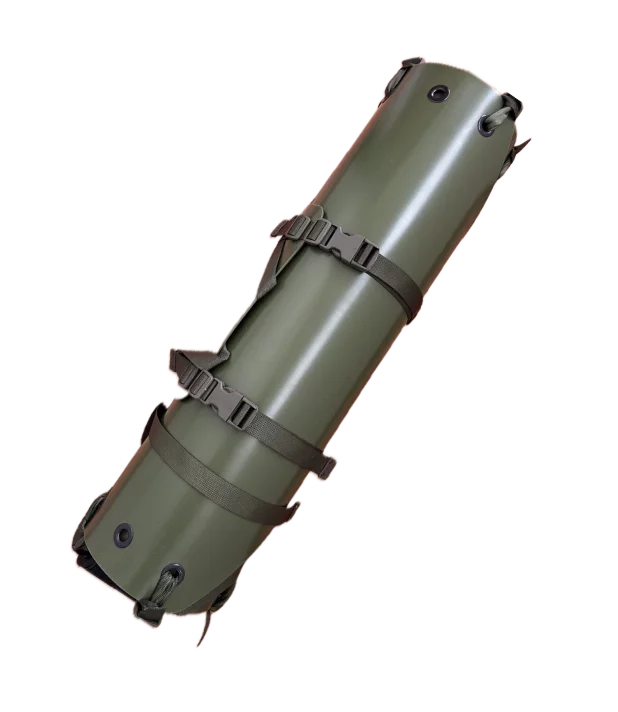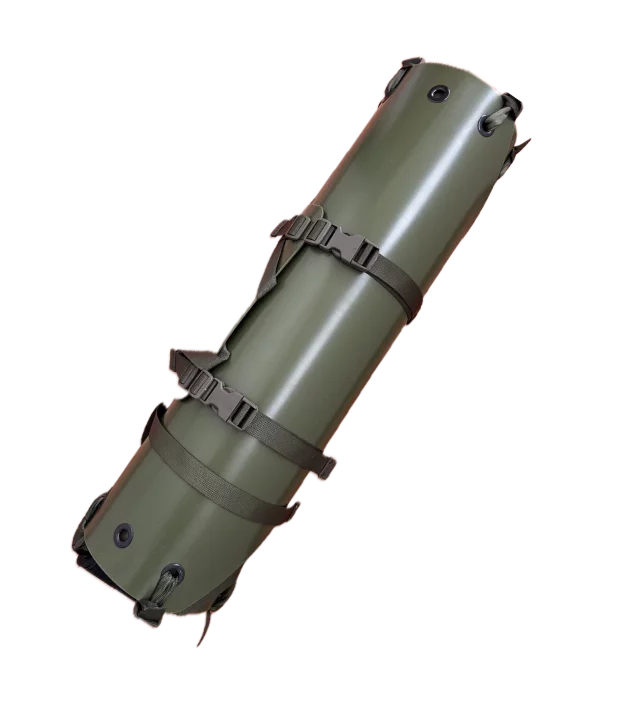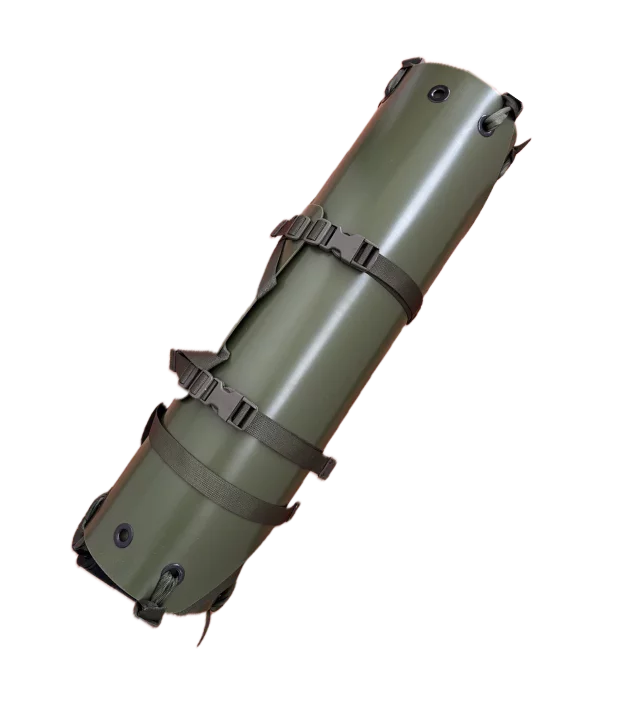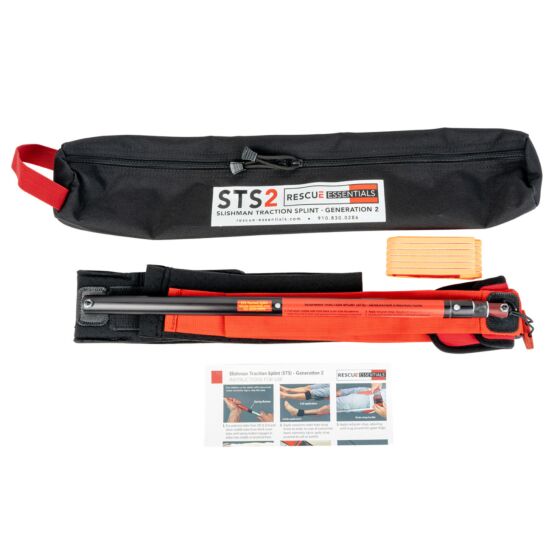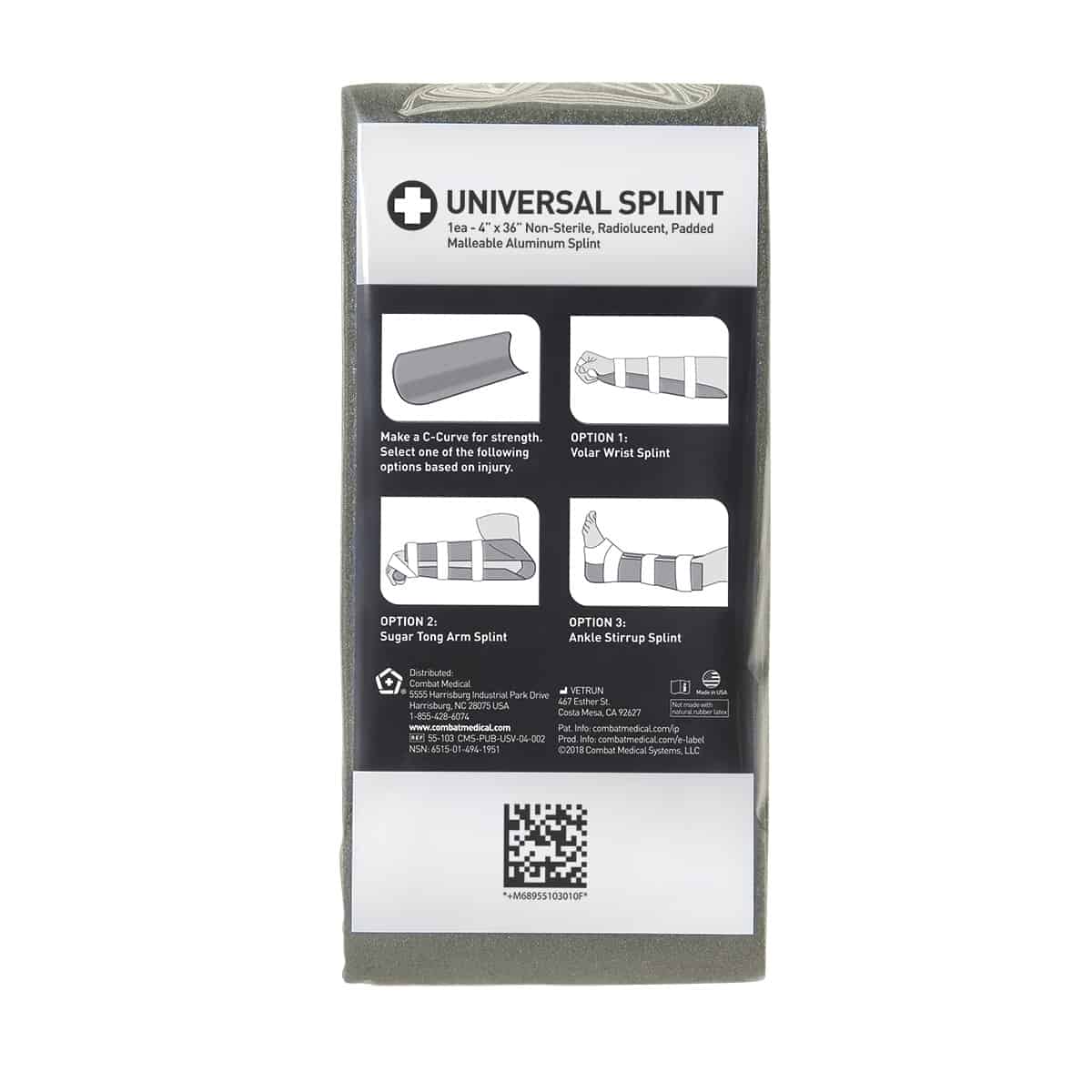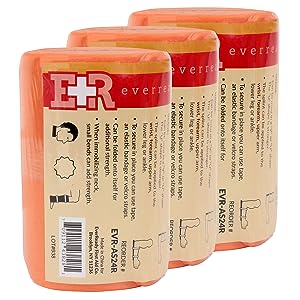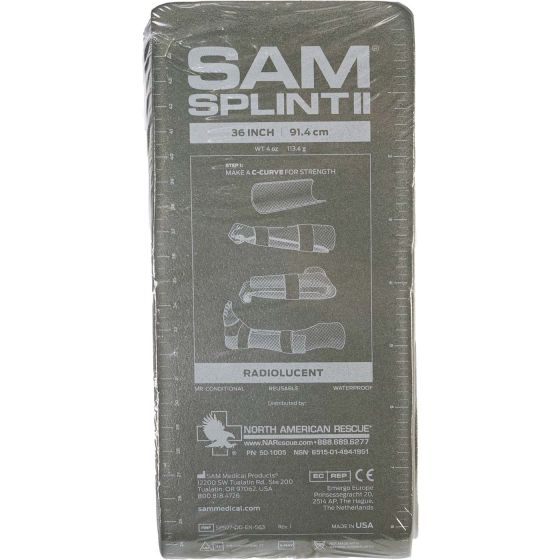Fractures: Step-by-Step First Aid Algorithm
Content
- What You Need to Know About a Fracture
- Main Causes of Fractures
- Main Types of Fractures
- Key Signs of Fractures
- Closed and Open Fractures: How to Recognize Them
- How Not to Confuse a Fracture with a Bruise
- How to Provide First Aid for Fractures

Everyone should understand how to provide first aid for different types of injuries. These skills can, in many cases, help save a person’s life. In this article, we will talk about how to help a casualty with a fracture, what types of fractures exist, and how to distinguish a fracture from a bruise.
What You Need to Know About a Fracture
A fracture means a complete or partial break in the integrity of a bone caused by mechanical impact. However, a fracture can also result from pathological processes in the body, such as tumor development. In some cases, if help is not provided in time or is done incorrectly, fractures can have fatal consequences.
On the other hand, if first aid is provided promptly and according to guidelines, it helps avoid complications in the future. As a result, patients recover much faster and may not need to go through a difficult rehabilitation process.
Main Causes of Fractures
There are many causes of fractures, but the most common ones include falls from a height, gunshot wounds, etc.
There are also so-called stress fractures caused by constant overloading of the bone. Finally, chronic diseases should not be forgotten, such as osteoporosis or other conditions that lead to bone tissue destruction.
It is important to understand the causes and key risk factors for fractures, as this helps develop effective prevention strategies. Proper care of the musculoskeletal system is essential for reducing the frequency and severity of fractures.
Main Types of Fractures
Fractures can differ by several features. They can be closed, when the skin remains intact, or open, when the skin is torn.
Fractures may occur without displacement of bone fragments or with partial or significant displacement. By complexity, they are classified as simple, when only the bone is damaged, or complex, when the injury involves serious damage to muscles, nerves, or blood vessels.
The damage may affect the central part of a long bone (diaphysis) or its ends, called epiphysis and metaphysis, depending on their location relative to the center of the body.
This classification is crucial for doctors, as it allows them to choose the right treatment and rehabilitation methods, reducing the risk of complications and ensuring effective recovery.
Key Signs of Fractures
To determine if a casualty has a fracture, you should pay attention to several signs. Absolute signs include limb deformity. Fractures may also be accompanied by a crunching sound when bone fragments rub together.
An open wound with visible bone parts clearly indicates a severe fracture. Other signs include limb shortening or abnormal mobility at the fracture site, which can be classified as pathological.
There are also relative signs, which may indicate a fracture, dislocation, or sprain. These include sharp pain in the injured area, bruising, swelling, and impaired limb function.
The signs of open and closed fractures are generally similar, but the main difference is that an open fracture involves skin damage, often with bleeding.
It is important to remember that careless actions in case of a fracture can pose a serious threat. Movement of bone fragments may further injure muscles, vessels, or nerves, and sometimes even turn a closed fracture into an open one.
That’s why examining a casualty suspected of having a fracture should be done with extreme caution. Any sudden movement can worsen the condition.
Closed and Open Fractures: How to Recognize Them
A closed fracture can be identified by several signs: the limb may be deformed or lie unnaturally, the injured area may show severe pain and swelling. A crunching sound of bone fragments can often be heard, abnormal mobility is observed, bruises form, and the limb loses normal function.
An open fracture can be recognized by the following: an open wound with bleeding at the injury site, sometimes with visible bone fragments. The limb may be deformed and move unnaturally, while the fracture area shows severe pain and a characteristic crunch. The function of the injured body part quickly deteriorates.
If you diagnose an open fracture, quality certified hemostatic tools are essential. They are an important part of first aid. You must have bandages and tourniquets on hand, which are widely used to stop bleeding.
How Not to Confuse a Fracture with a Bruise
Distinguishing a closed fracture from a simple bruise without special equipment can be difficult even for experienced doctors. In many cases, symptoms may be similar: pain, swelling, and limited mobility. However, to establish a precise diagnosis, additional tests such as X-rays, CT scans, or MRI are required. These procedures are performed only in medical facilities and allow not only to confirm a fracture but also to determine its type, severity, and possible complications.
That is why, if at the scene there are several signs that may indicate a fracture, you should provide help based on that assumption. This approach minimizes the risk of additional injuries and ensures maximum safety for the casualty until the arrival of emergency services or transportation to the hospital.
How to Provide First Aid for Fractures
Before providing first aid, make sure there is no danger to you or the casualty. Try to calm the person down and explain what you are going to do. At this stage, you must immediately call emergency medical services.
If the casualty shows signs of an open fracture, first examine the wound. Cut the clothing if necessary. If there is bleeding, it must be stopped following the proper procedure. Then apply a sterile dressing to the wound. Help the casualty sit in the most comfortable position with minimal pain and discomfort. Immobilize the suspected fracture area using available tools.
If it is a closed fracture, help the casualty take the most comfortable position and immobilize the injured limb. Don’t forget to monitor the pulse.
If you have a thermal blanket, cover the casualty with it. Provide continuous supervision until the ambulance arrives. If you notice the condition worsening, immediately call the medical team again and describe the situation.
